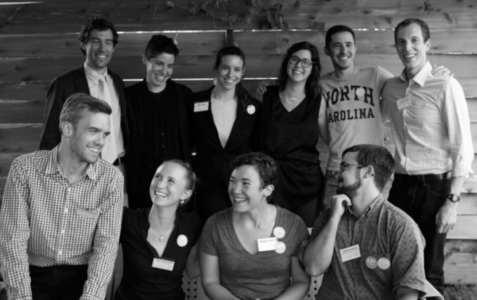Go check out our new blog at www.carolinaangles.com. Launched in September of 2015, it has already attracted over 3,000 unique readers and has published more than fifty posts by students and practitioners.


CPJ Editorial Board at the September 2015 Launch Party for Carolina Angles Blog